Home>Gardening & Outdoor>Landscaping Ideas>How To Overseed Your Grass
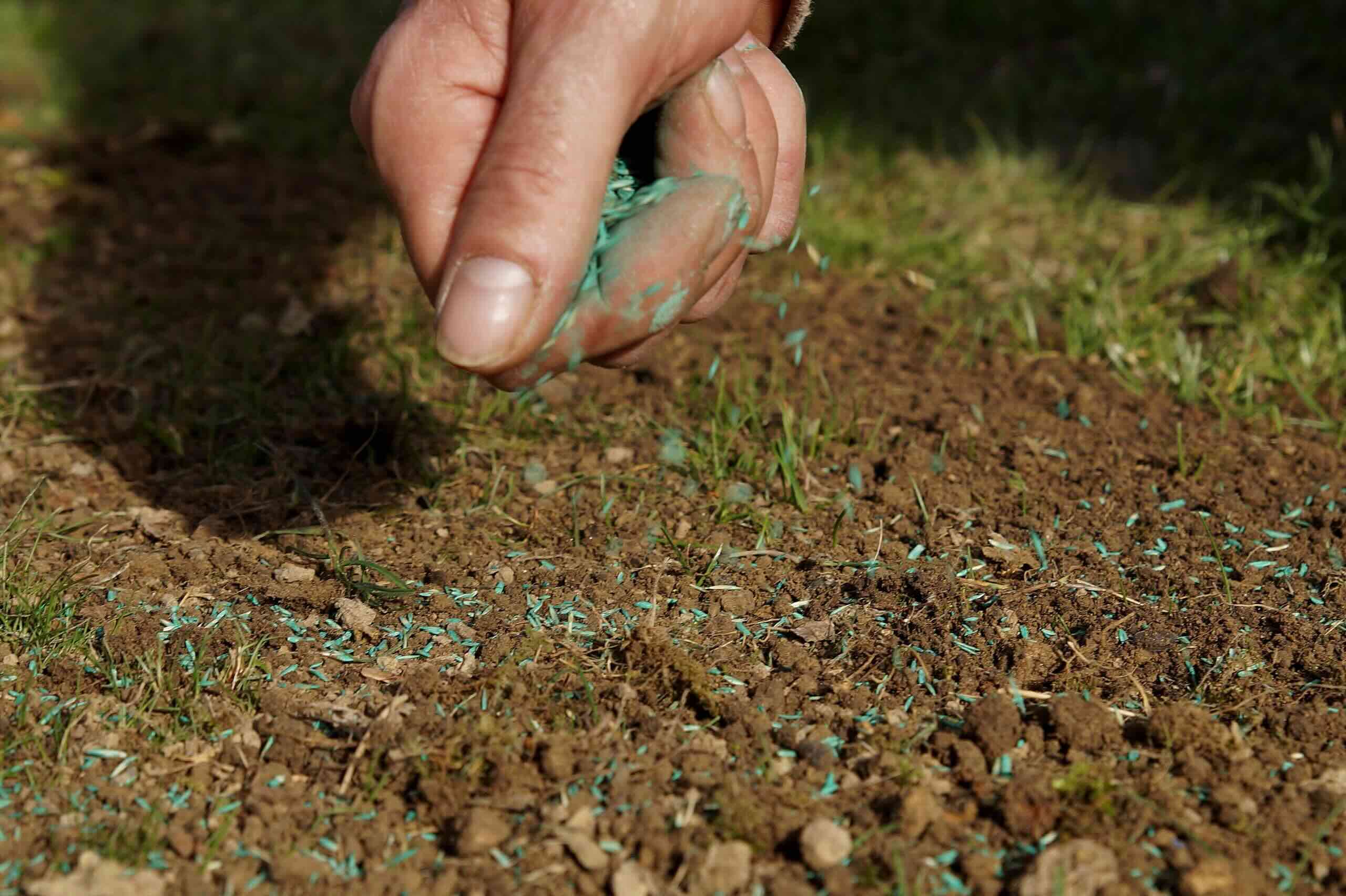

Landscaping Ideas
How To Overseed Your Grass
Published: January 30, 2024
Learn how to overseed your grass with our expert landscaping ideas. Transform your lawn and achieve a lush, healthy yard with our step-by-step guide.
(Many of the links in this article redirect to a specific reviewed product. Your purchase of these products through affiliate links helps to generate commission for Storables.com, at no extra cost. Learn more)
Introduction
So, you've been gazing at your lawn, and something just seems off. Maybe there are patches where the grass looks a bit sparse, or perhaps it's lost that lush, vibrant green hue you love. Don't worry – you're not alone. Many homeowners face the same predicament, but the good news is that there's a simple solution: overseeding.
Overseeding your lawn can work wonders in rejuvenating its appearance and health. This process involves spreading grass seed over your existing lawn to fill in bare spots, improve the overall thickness of the grass, and introduce new, resilient varieties. Whether you're aiming to repair damage, enhance the aesthetic appeal, or simply promote a more robust lawn, overseeding is a valuable practice that can breathe new life into your outdoor space.
In this comprehensive guide, we'll delve into the essential steps for successfully overseeding your grass. From assessing the condition of your lawn to selecting the right seed and executing the overseeding process, we'll cover everything you need to know to achieve a lush, vibrant lawn that's the envy of the neighborhood. So, grab your gardening gloves and let's get started on this exciting journey to transform your lawn into a verdant paradise.
Key Takeaways:
- Assess your lawn’s health, select the right seed, and prepare the ground meticulously before overseeding to ensure a lush, vibrant lawn that enhances your outdoor space.
- Care for newly seeded grass by watering consistently, minimizing foot traffic, and monitoring germination progress to nurture a healthy, thriving lawn that reflects your dedication and care.
Read more: How To Overseed Grass In Spring
Assessing Your Lawn
Before diving into the overseeding process, it's crucial to assess the current state of your lawn. This step allows you to identify areas that require attention and determine the specific needs of your grass. Here are some key aspects to consider when evaluating your lawn:
- Grass Density: Take a close look at your lawn to assess the density of the grass. Are there noticeable thin or bare patches? Identifying these areas will help you target specific locations for overseeding.
- Grass Health: Examine the overall health of your grass. Look for signs of disease, pest damage, or stress. Addressing any underlying issues before overseeding can set the stage for successful results.
- Soil Quality: Evaluate the condition of the soil. Is it compacted, poorly drained, or lacking in nutrients? Understanding the soil quality can guide you in preparing the ground for optimal seed germination.
- Shade and Sunlight: Observe how sunlight and shade are distributed across your lawn. Different grass species have varying light requirements, so this assessment will help you select the most suitable seed for each area.
- Existing Grass Species: Identify the types of grass currently growing in your lawn. This information is essential for choosing complementary grass varieties during the overseeding process.
By thoroughly assessing your lawn, you gain valuable insights that inform your overseeding strategy. Whether it's targeting specific areas for improvement, addressing underlying issues, or selecting the right seed varieties, this initial evaluation sets the stage for a successful overseeding endeavor.
Choosing the Right Seed
When it comes to overseeding your lawn, selecting the right grass seed is a pivotal decision that significantly impacts the outcome. The ideal seed varieties for your lawn depend on various factors, including your region's climate, the amount of sunlight your lawn receives, and the existing grass species. Here are essential considerations for choosing the right seed:
- Climate Compatibility: Determine the climate zone in which you reside. Different grass species thrive in specific climates, so it's crucial to select seeds that are well-suited to your region's temperature and precipitation patterns.
- Grass Type: Consider the types of grass that are already present in your lawn. Opt for seed varieties that complement the existing grass, ensuring a cohesive and visually appealing blend.
- Sunlight Requirements: Evaluate the amount of sunlight your lawn receives throughout the day. Choose grass seed that matches the light conditions, whether it's full sun, partial shade, or full shade.
- Seed Mixture: For a diverse and resilient lawn, consider using a seed mixture that combines different grass species. This approach enhances the lawn's ability to withstand various environmental stressors.
- Disease Resistance: Prioritize seed varieties known for their resistance to common lawn diseases prevalent in your area. This proactive measure can help maintain the health and vitality of your newly overseeded lawn.
Consulting with local gardening experts or extension offices can provide valuable insights into the best grass seed options for your specific location. Additionally, reputable seed suppliers can offer guidance on selecting high-quality seed varieties tailored to your lawn's unique requirements.
By carefully considering these factors and choosing the right seed for your overseeding project, you set the stage for a thriving, resilient lawn that enhances the beauty of your outdoor space and withstands environmental challenges.
Preparing Your Lawn
Before embarking on the overseeding process, it’s essential to prepare your lawn to create an optimal environment for seed germination and establishment. Adequate preparation sets the stage for successful overseeding and promotes the healthy growth of new grass. Here are the key steps to prepare your lawn for overseeding:
- Mowing: Begin by mowing your existing grass to a shorter height than usual. This allows the new seed to make direct contact with the soil, promoting better germination and growth.
- Removing Debris: Clear the lawn of any debris, such as fallen leaves, branches, or thatch. A clean, debris-free surface provides a conducive environment for the new seed to take root.
- Aerating the Soil: Use a core aerator to perforate the soil, facilitating better air, water, and nutrient penetration. Aeration helps alleviate soil compaction and promotes favorable conditions for seed germination.
- Soil Testing and Amendment: Conduct a soil test to assess its pH level and nutrient content. Based on the results, amend the soil as needed by adding organic matter or applying soil conditioners to improve its quality.
- Applying Starter Fertilizer: Prior to overseeding, apply a high-quality starter fertilizer to provide essential nutrients that support the initial growth of the new grass seedlings.
By diligently preparing your lawn, you create an environment that maximizes the success of the overseeding process. These preparatory measures optimize soil conditions, promote seed-to-soil contact, and provide the necessary nutrients for robust grass growth.
Remember, the key to a thriving, lush lawn lies in the groundwork you lay before sowing the seeds. By investing time and effort in preparing your lawn, you pave the way for a vibrant and resilient grass cover that transforms your outdoor space into a picturesque haven.
Water the area thoroughly before overseeding to help the new seeds make good contact with the soil. This will improve germination and help the new grass establish more effectively.
Overseeding Your Lawn
Now that you’ve assessed your lawn, selected the right seed, and prepared the ground, it’s time to embark on the exciting process of overseeding. This transformative step involves strategically sowing grass seed over your existing lawn to enhance its density, fill in bare patches, and introduce new grass varieties. Here’s a comprehensive guide to successfully overseeding your lawn:
- Even Seed Distribution: Utilize a broadcast spreader or seed spreader to ensure an even distribution of grass seed across the lawn. This method promotes uniform coverage and minimizes the risk of over-seeding or sparse areas.
- Seed Application Rate: Follow the recommended seeding rate specified for the chosen grass seed varieties. Adhering to the proper seeding rate helps achieve the desired grass density without overcrowding or sparse growth.
- Overlapping Passes: When using a spreader, overlap the passes slightly to guarantee thorough seed coverage. This approach prevents missed spots and contributes to consistent germination across the entire lawn.
- Seed-to-Soil Contact: After spreading the seed, lightly rake the soil surface to ensure good seed-to-soil contact. This step facilitates germination by enabling the seeds to establish a connection with the soil and absorb essential moisture.
- Watering: Following overseeding, provide consistent and gentle watering to keep the soil moist. Avoid excessive watering that may lead to seed displacement or pooling, and aim to keep the soil consistently damp for optimal germination.
Overseeding presents an opportunity to revitalize your lawn and nurture a thicker, more resilient grass cover. By following these steps and paying attention to detail during the overseeding process, you set the stage for a successful transformation of your outdoor space.
As you witness the new grass seedlings emerge and flourish, you’ll be one step closer to enjoying a vibrant, rejuvenated lawn that serves as a testament to your diligent care and commitment to nurturing natural beauty.
Read more: When To Overseed Grass
Caring for Newly Seeded Grass
After overseeing your lawn, it’s essential to provide attentive care to support the germination and establishment of the new grass seedlings. Diligent maintenance during this crucial phase sets the foundation for a healthy, thriving lawn. Here are key measures for caring for newly seeded grass:
- Watering: Maintain consistent soil moisture by lightly watering the newly seeded areas at least once or twice daily, depending on weather conditions. Ensure that the soil remains damp but not waterlogged to support optimal germination and early growth.
- Minimize Foot Traffic: Minimize foot traffic on newly seeded areas to prevent soil compaction and disturbance of the delicate seedlings. Establish clear pathways to avoid unnecessary trampling on the developing grass.
- Mowing Restrictions: Refrain from mowing the newly seeded areas until the grass reaches a height of approximately 3 to 4 inches. Once the grass reaches this height, mow it at the highest setting on your mower to avoid stressing the young seedlings.
- Fertilization: Avoid applying standard fertilizers to newly seeded areas until the grass has been mowed at least three times. At that point, consider using a light, slow-release fertilizer to provide essential nutrients for continued growth.
- Monitoring Germination: Keep a close eye on the newly seeded areas to monitor the germination progress. Look for signs of emerging seedlings and ensure that the soil remains consistently moist to support their development.
By providing attentive care and adhering to these guidelines, you create an environment that nurtures the healthy establishment of the newly seeded grass. This phase of post-overseeding care is instrumental in promoting robust growth and ensuring the long-term success of your lawn revitalization efforts.
As you witness the transformation of your lawn, the sight of lush, vibrant grass taking root and flourishing will serve as a testament to your dedication and care. With each passing day, your outdoor space will evolve into a picturesque haven that reflects the beauty of a well-nurtured landscape.
Conclusion
Congratulations on embarking on the journey to rejuvenate your lawn through the transformative practice of overseeding. By following the essential steps outlined in this guide, you’ve taken proactive measures to breathe new life into your outdoor space and cultivate a vibrant, resilient grass cover that enhances the beauty of your home. As you reflect on the comprehensive process of overseeding, it’s important to remember the following key points:
- Assessment and Preparation: Thoroughly assess the condition of your lawn and prepare the ground to create an optimal environment for successful overseeding.
- Seed Selection: Choose the right grass seed varieties tailored to your region’s climate, sunlight conditions, and the existing grass species in your lawn.
- Methodical Overseeding: Execute the overseeding process with precision, ensuring even seed distribution, proper seed-to-soil contact, and attentive watering to support germination.
- Post-Overseeding Care: Provide diligent care for the newly seeded grass, including consistent watering, minimizing foot traffic, and monitoring the germination progress.
As the days pass and the new grass seedlings take root and flourish, you’ll witness the gradual transformation of your lawn into a lush, vibrant expanse that radiates natural beauty. The dedication and care you’ve invested in overseeding will yield a bountiful harvest of verdant grass, creating an inviting outdoor sanctuary for relaxation, recreation, and enjoyment.
Remember, the journey to a thriving lawn is an ongoing endeavor that requires patience, attentiveness, and a deep-rooted passion for nurturing natural splendor. With each passing season, your overseeded lawn will continue to evolve, serving as a living testament to your commitment to creating a captivating outdoor haven.
So, as you gaze upon your revitalized lawn, take pride in the lush, resilient grass that now blankets your outdoor space. Embrace the joy of witnessing nature’s renewal and revel in the tranquil beauty of a well-nurtured landscape that enriches your home and captivates the senses.
Frequently Asked Questions about How To Overseed Your Grass
Was this page helpful?
At Storables.com, we guarantee accurate and reliable information. Our content, validated by Expert Board Contributors, is crafted following stringent Editorial Policies. We're committed to providing you with well-researched, expert-backed insights for all your informational needs.
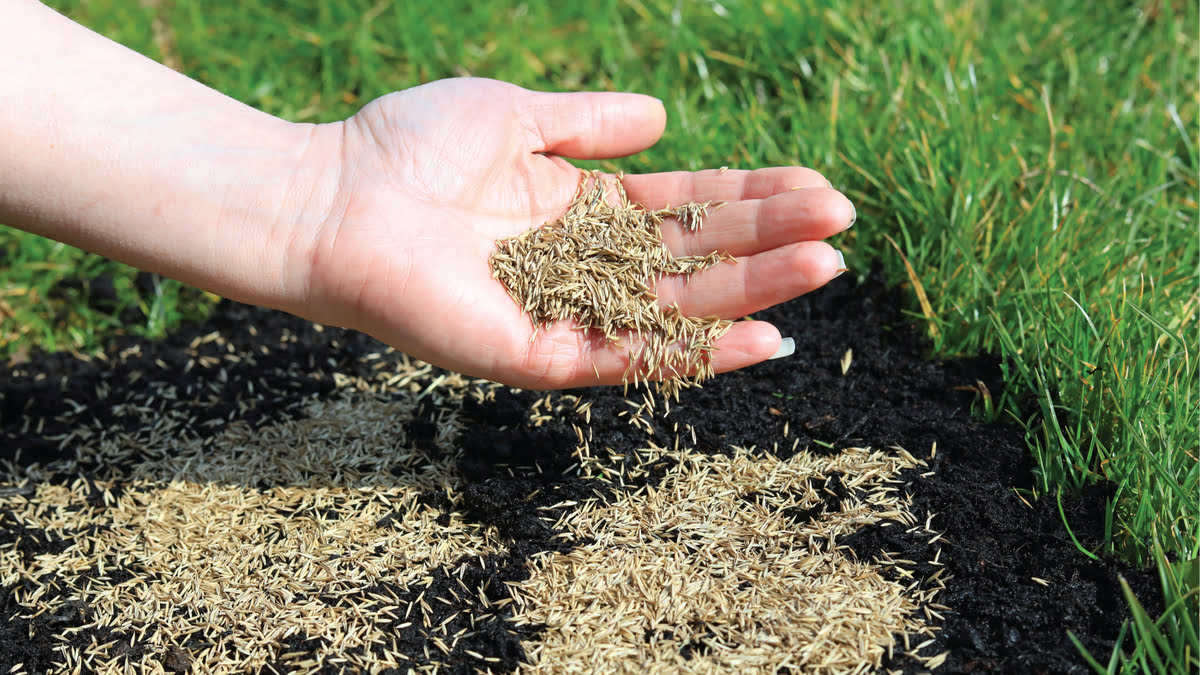
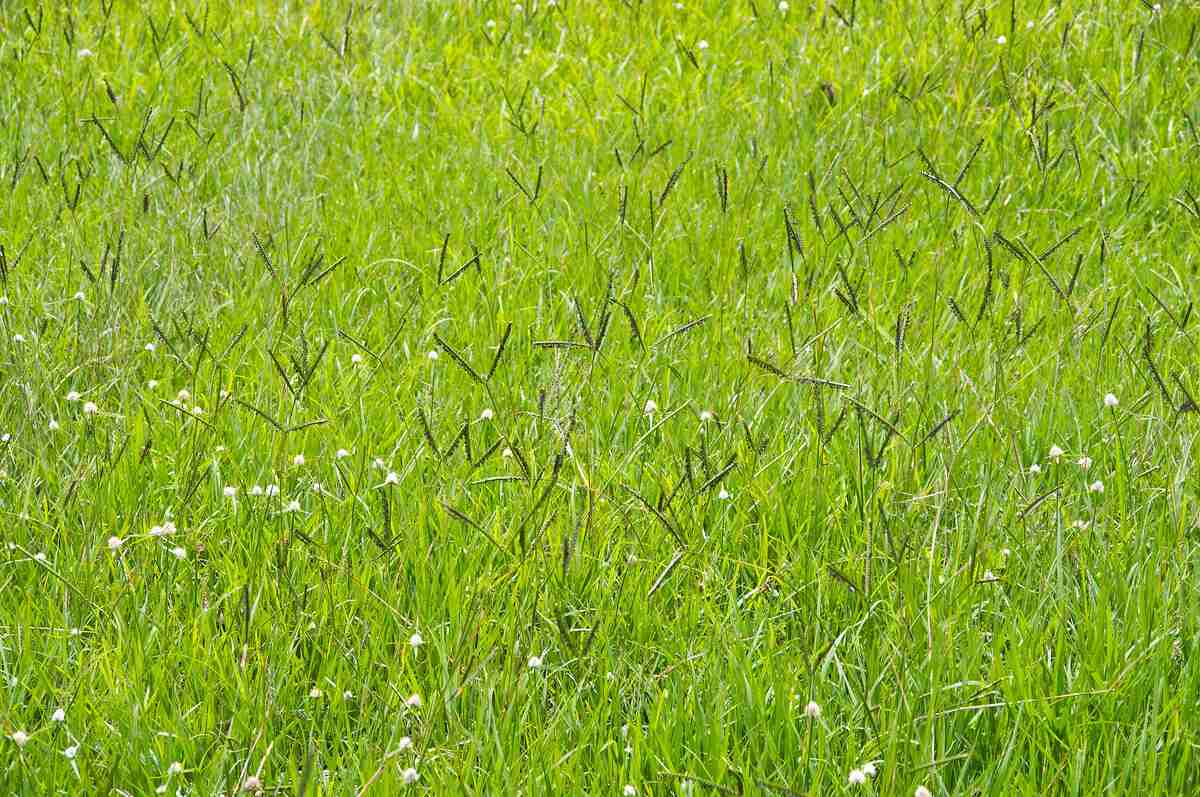
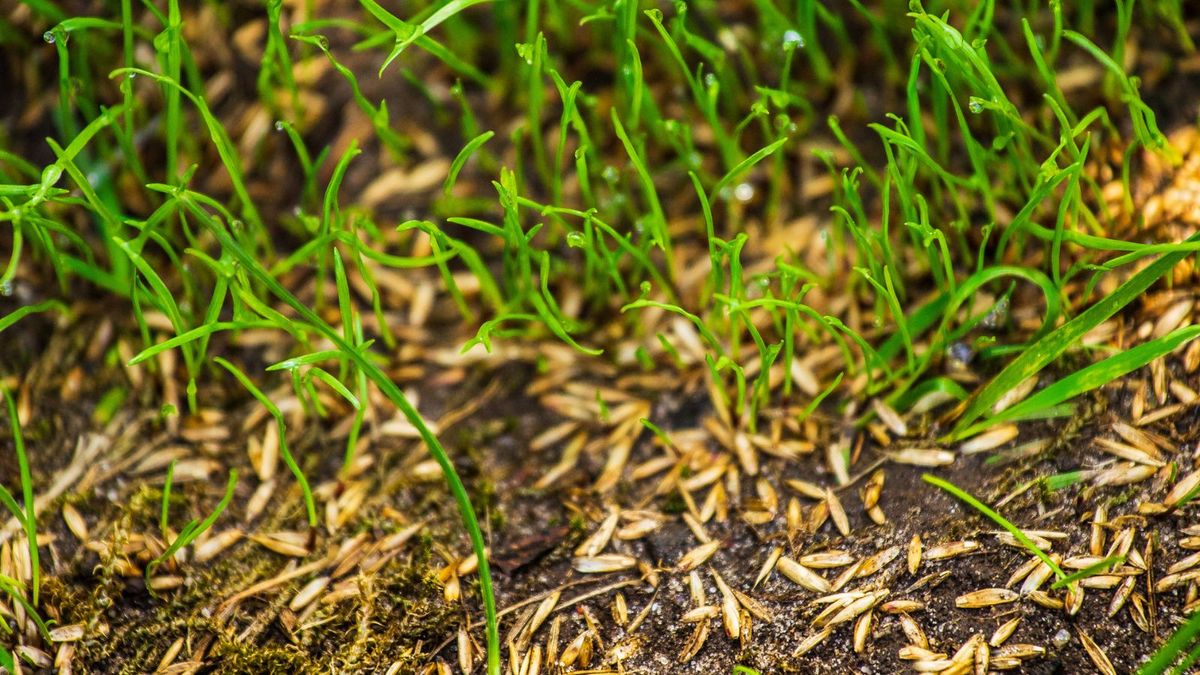
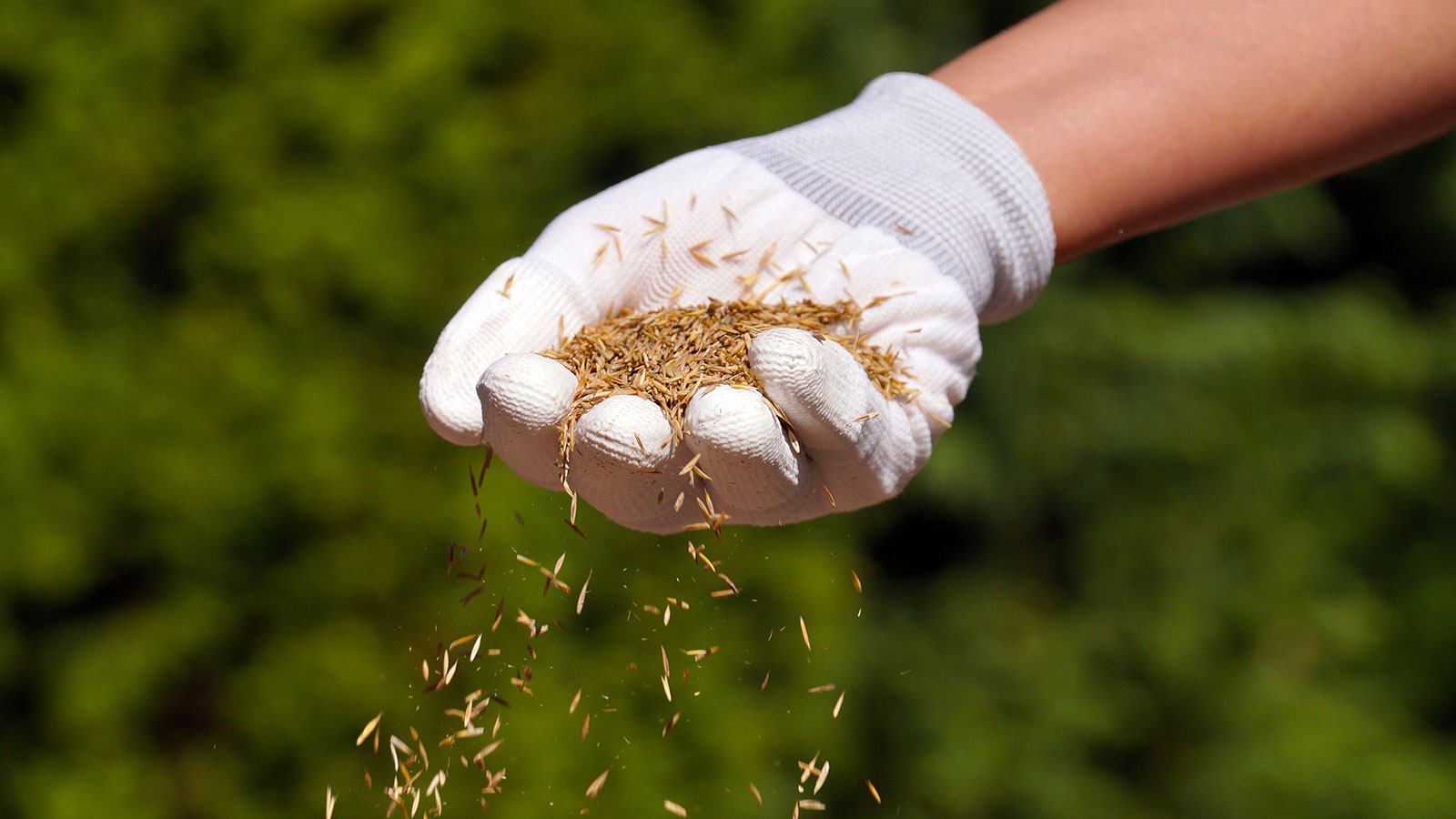
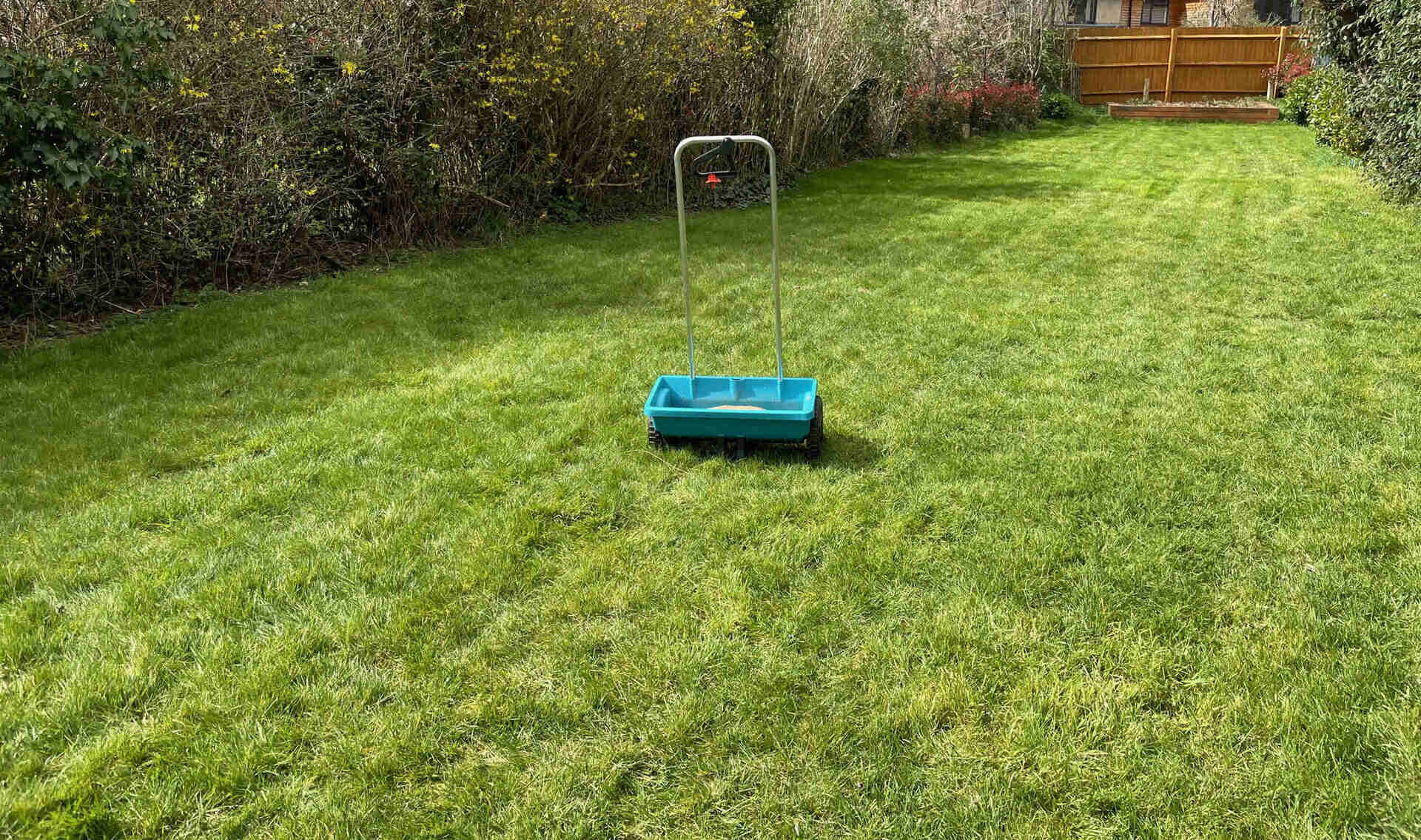
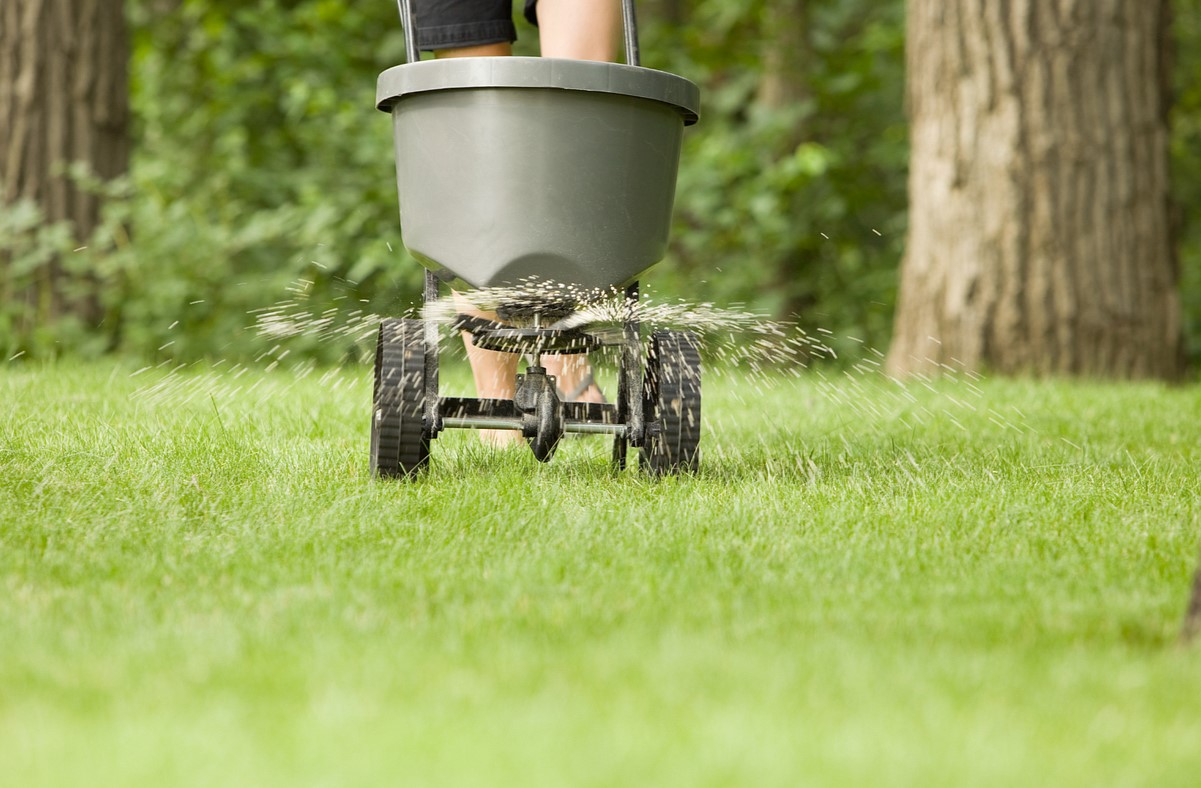
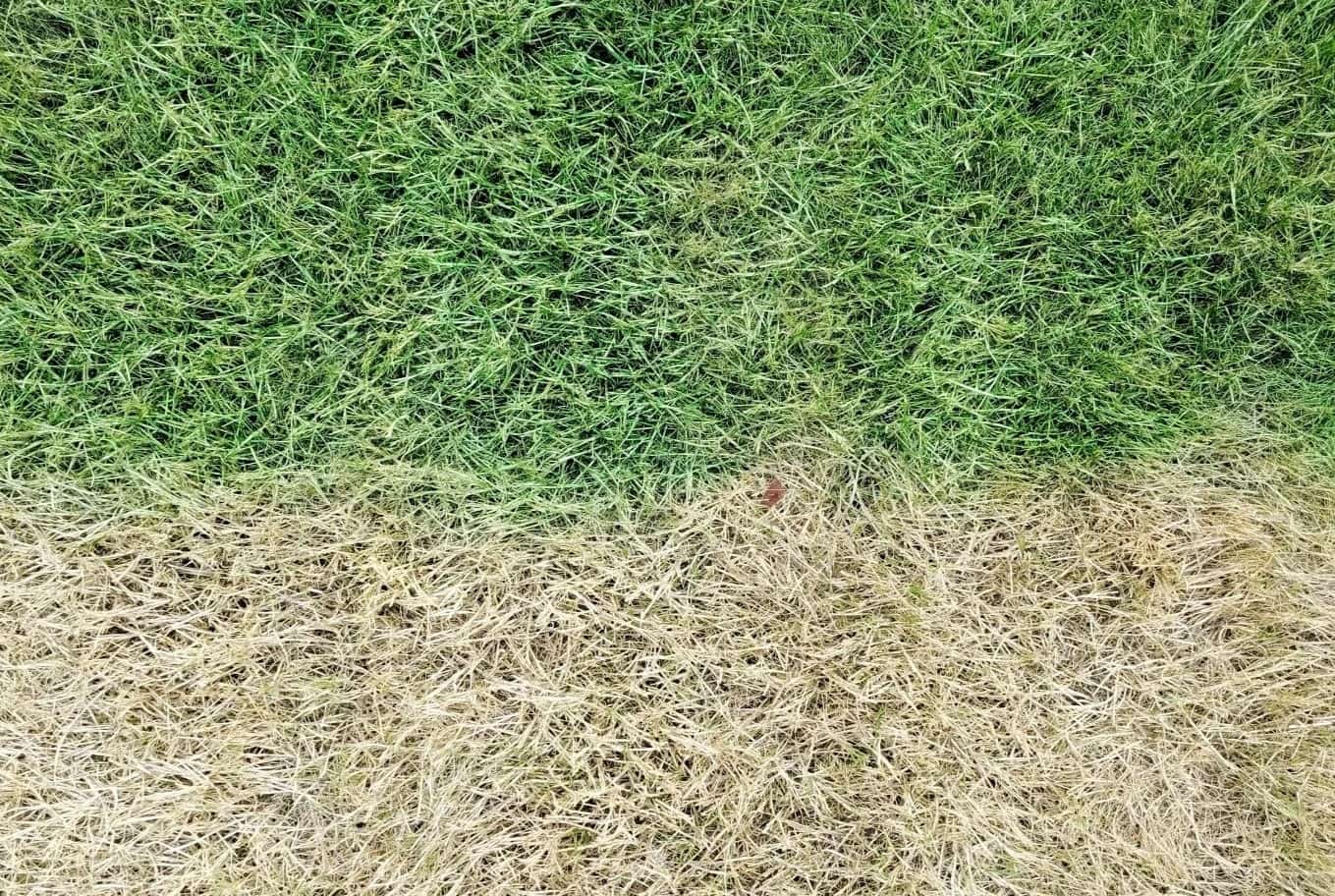
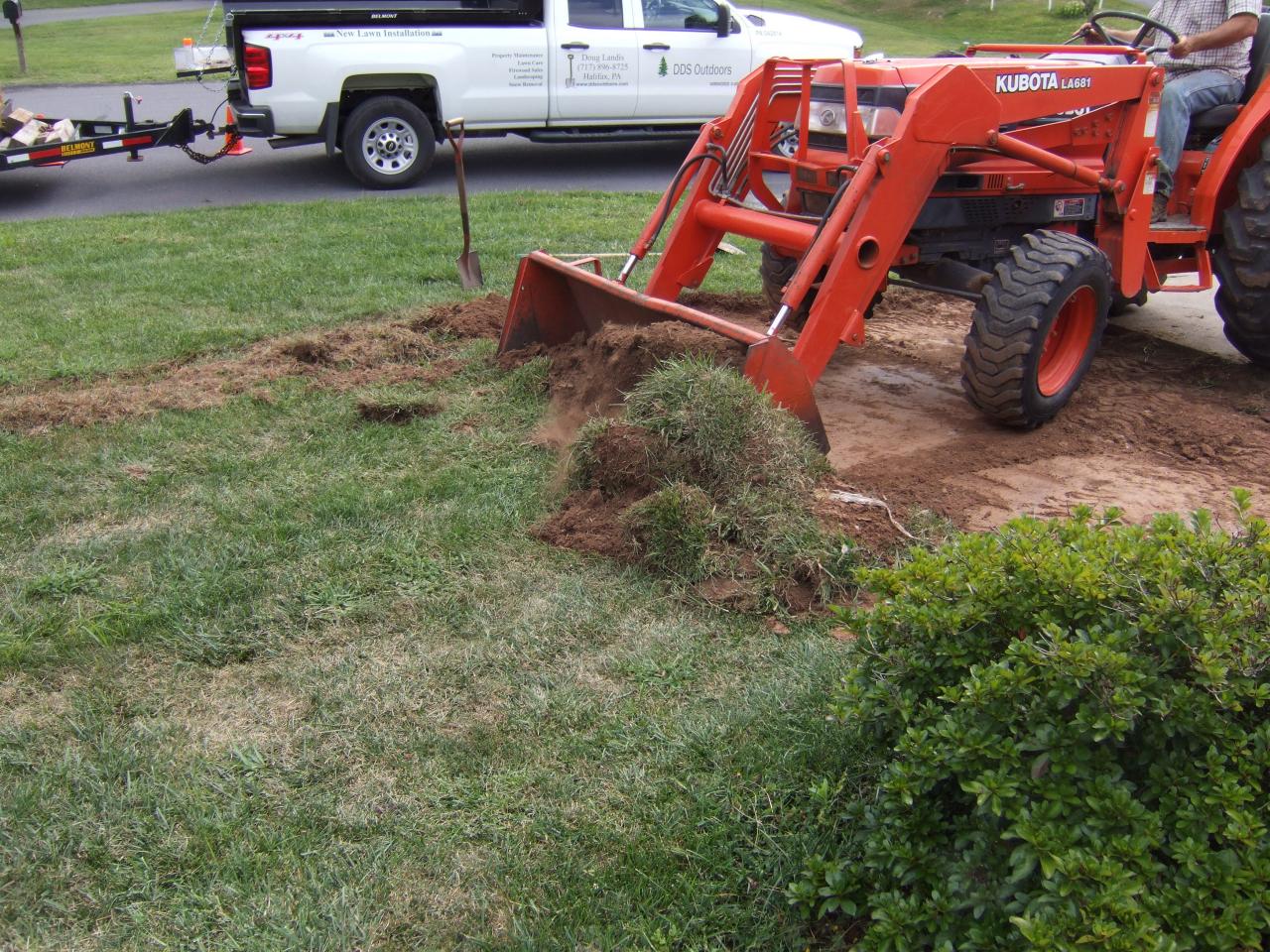
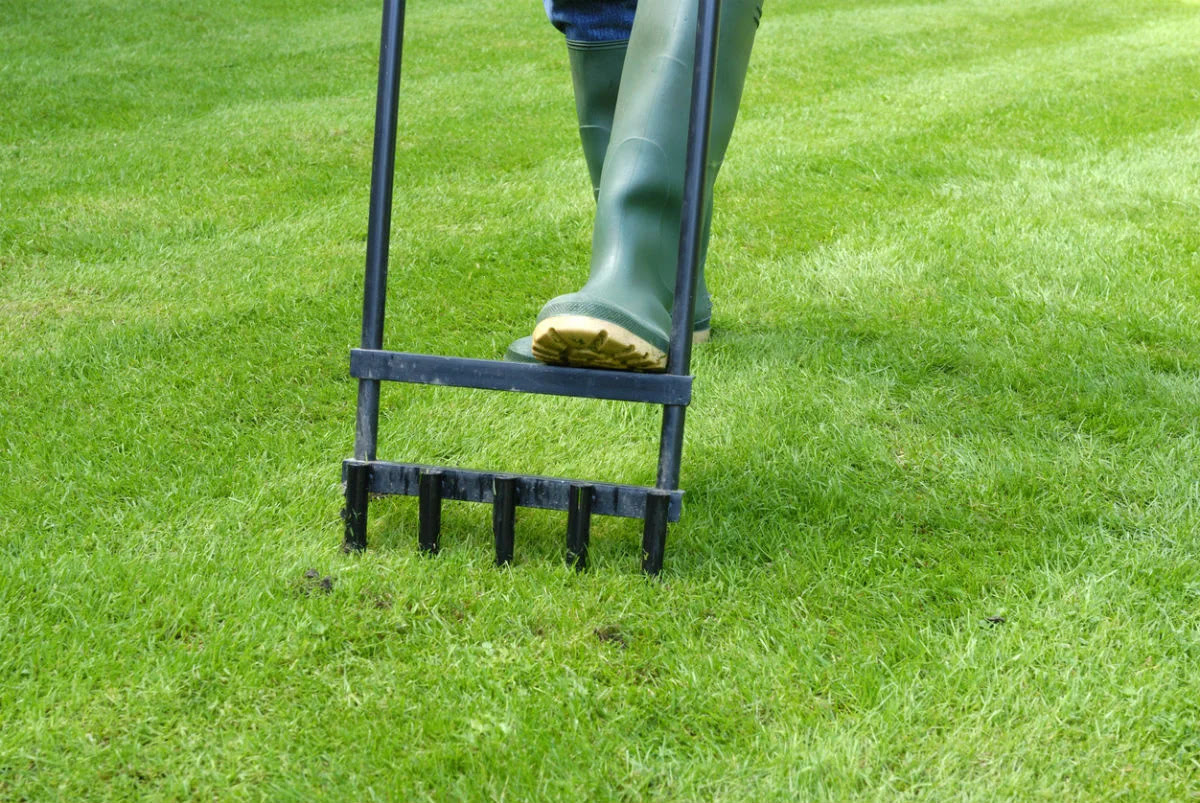
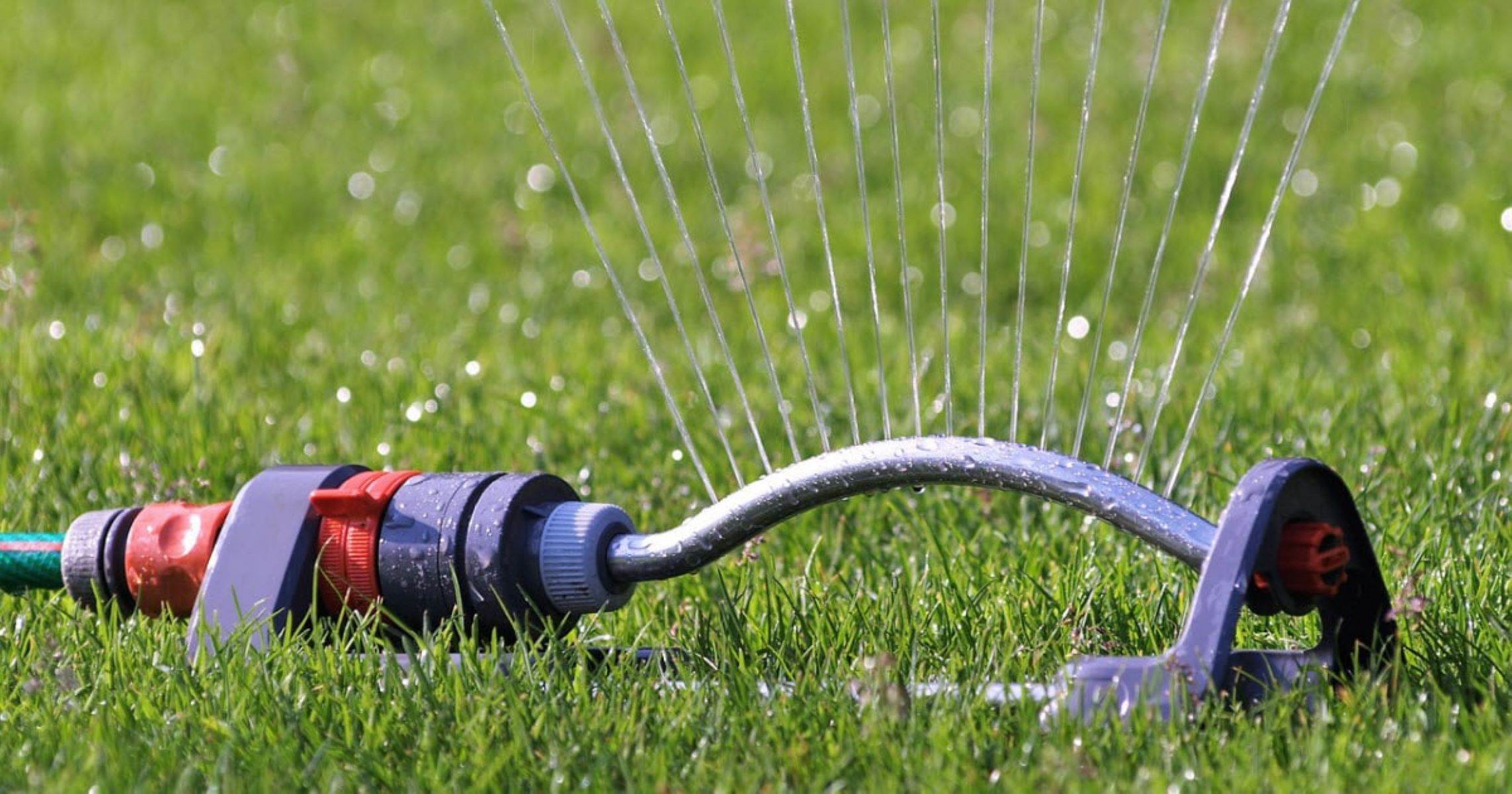
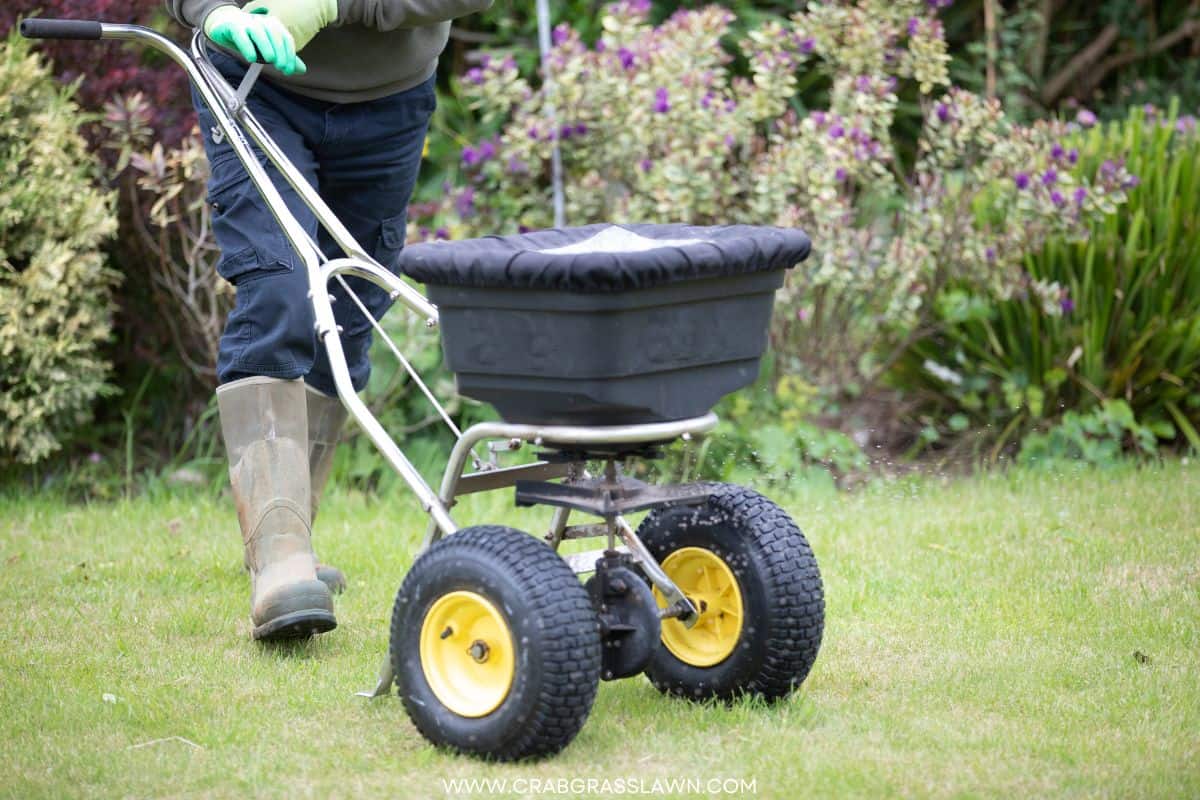

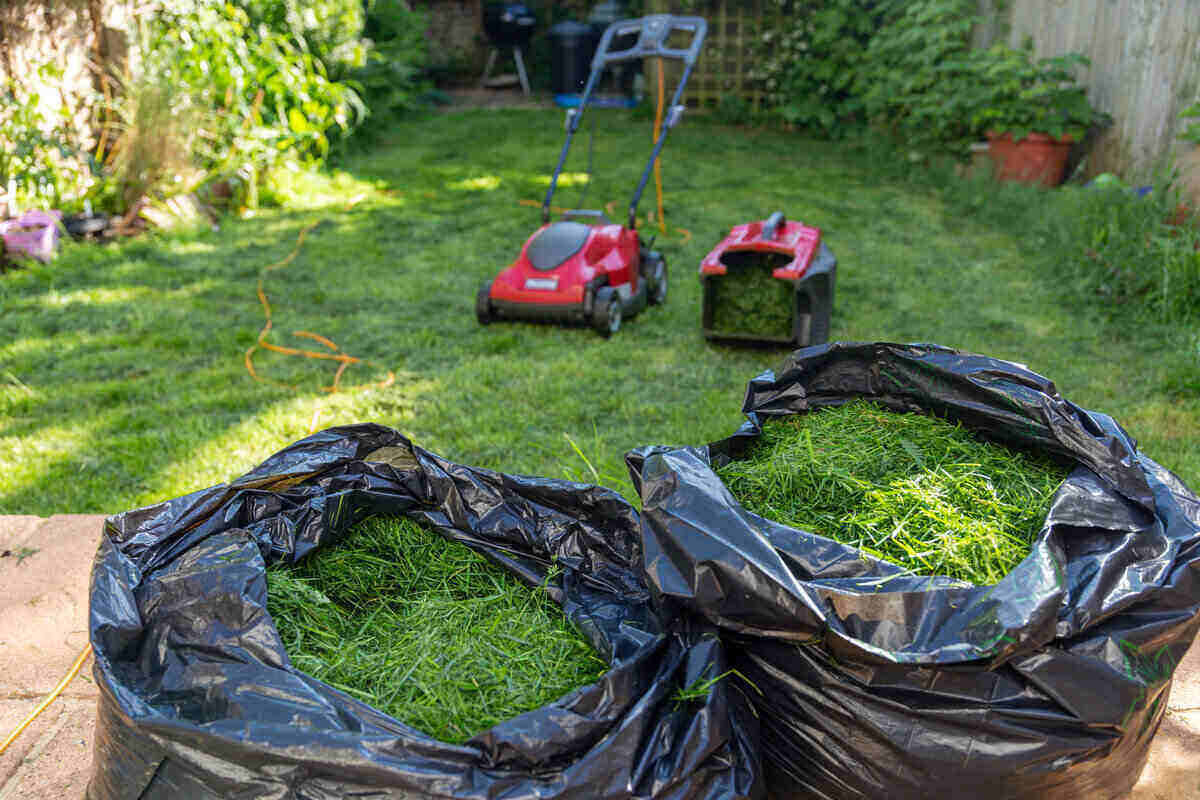
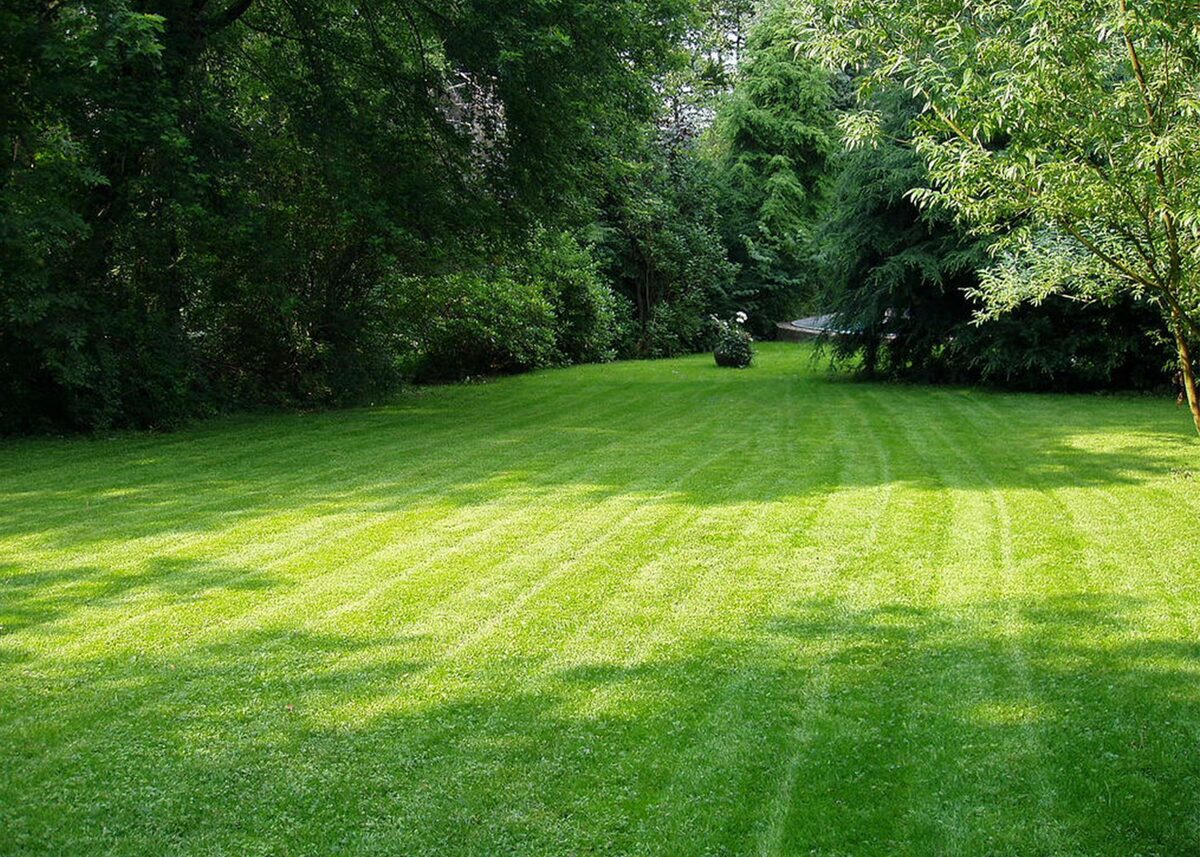

0 thoughts on “How To Overseed Your Grass”